TKIL Industries (formerly thyssenkrupp Industries India), a leading player in industrial engineering and manufacturing, has announced a strategic partnership to introduce German company 2G Energy International’s combined heat and power (CHP) plant and gas engine solutions in India. “This collaboration will strengthen 2G Energy’s presence in India and position TKIL Industries as the gateway to cutting-edge hydrogen-ready CHPs and gas engines for power generation enabling Indian industries to accelerate their clean energy transition,” stated TKIL.
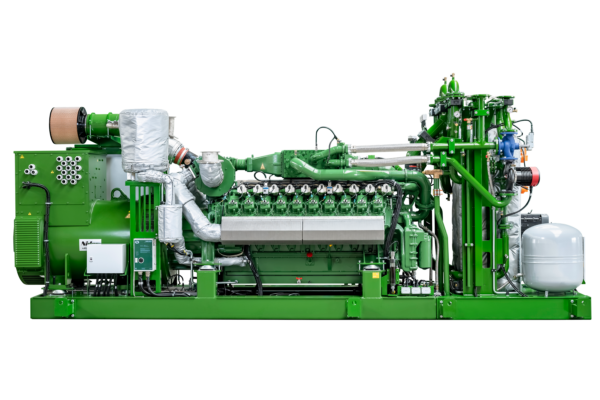
With efficiencies of up to 98%, and compatibility with biogas, natural gas, flare gas, syngas and even 100% hydrogen, 2G’s CHP solutions are designed to support industrial decarbonization at scale. By harnessing waste heat recovery during power generation, these systems significantly reduce energy losses, making them ideal for India’s energy-intensive sectors such as cement, sugar, steel, and paper.
The Ministry of New and Renewable Energy (MNRE) has recognised three major ports, namely, Deendayal Port Authority (Gujarat), V.O. Chidambaranar Port Authority (Tamil Nadu), and Paradip Port Authority (Odisha), as Green Hydrogen Hubs under the National Green Hydrogen Mission (NGHM). This recognition marks a significant step towards creating an integrated hydrogen ecosystem and advancing India’s transition towards clean energy.
The National Green Hydrogen Mission, launched by the Government of India, aims to position the country as a global hub for the production, utilisation, and export of green hydrogen and its derivatives. The Mission promotes the development of large-scale hydrogen hubs to serve as focal points for production and consumption, thereby facilitating the establishment of a sustainable and competitive hydrogen economy.
Recognising the logistical and technical challenges associated with long-distance hydrogen transport, the Mission adopts a cluster-based development model. This approach enhances early-stage project viability, enables infrastructure convergence, and helps achieve economies of scale in identified regions.
The revised scheme guidelines for setting up Hydrogen Valley Innovation Clusters (HVIC) and Green Hydrogen Hubs, issued on 27th June 2025, provide the framework for identifying and supporting potential regions capable of large-scale hydrogen activity. Under Component B2 of these guidelines, MNRE may recognise locations as Green Hydrogen Hubs without direct financial assistance, thereby facilitating access to incentives and benefits available under other central or state government schemes.
In accordance with these provisions, the competent authority has approved the recognition of Deendayal, V.O. Chidambaranar, and Paradip Port areas as Green Hydrogen Hubs. Projects established within these designated zones will be eligible for benefits available under other relevant schemes and policies of the Central and State Governments, including those linked to the National Green Hydrogen Mission.
The recognition of these ports is expected to catalyse industrial participation, attract green investments, and promote innovation in clean fuel technologies, supporting India’s broader vision of achieving energy self-reliance and net-zero emissions by 2070.
The Australian government launched the second round of its Hydrogen Headstart program, which will provide revenue support for large-scale renewable hydrogen projects through “competitive” hydrogen production contracts. “Hydrogen Headstart Round 2 is currently open for applications. The Australian Renewable Energy Agency (Arena) is administering the program, with up to AUD 2 billion ($1.31 billion) available”, said the Australian Government on its website. The program aims to produce renewable hydrogen at scale, support domestic decarbonisation, provide price discovery and transparency, while reducing barriers for future deployments and facilitating knowledge sharing.
The UK government is seeking views on enabling the participation of Hydrogen to Power in the Capacity Market and technical changes to setting interconnector de-rating factors. The call for evidence, which closes on November 27, is open to anyone, but will be of particular interest to the energy industry, consumer groups, academia, and think tanks. The government said it wants to “gather evidence to inform how Hydrogen to Power (H2P) plants should be categorised within the CM to enable the participation of H2P as a new technology. This includes gathering evidence related to the operation and reliability of H2P plants”.
Ingeteam launched a high-capacity modular rectifier solution explicitly engineered for renewable hydrogen production plants during the World Hydrogen Week 2025 in Copenhagen. “Hydrogen stake holders are under pressure to deliver projects that are both cost-competitive and technically robust. The Ingecon® H2 Megalyzer directly addresses these pain points, combining efficiency, reliability, and compliance in one solution,” said Iñigo Uriarte, commercial director of H2 Systems at Ingeteam.
European Energy will begin integrating the next generation of bio-methanol into its portfolio of green fuels. The bio-methanol will be produced through electrified steam methane reforming (e-SMR), where renewable electricity is used to process biogas or biomethane into synthesis gas, which is then converted into green methanol. “The e-SMR technology is not a replacement but a complementary addition to European Energy’s green fuel offering. By advancing green hydrogen, e-methanol, and bio-methanol in parallel, European Energy ensures greater flexibility across markets,” said the Danish company.
Agfa has inaugurated it’s alkaline electrolyzer (AEL) membranes production facility. With its new Zirfon production site, the company is ready to meet market demand, confirming its intention to play a defining role in the scale-up of green hydrogen worldwide. “The new facility is designed with modular scalability to meet soaring global demand as green hydrogen moves from niche projects to full commercialization. The expansion will benefit vital markets such as steel and chemical production, heavy-duty trucking and shipping, and large-scale renewable energy storage,” said the Belgian company, adding that the project is backed by an €11 million grant from the EU’s Innovation Fund.
This content is protected by copyright and may not be reused. If you want to cooperate with us and would like to reuse some of our content, please contact: editors@pv-magazine.com.
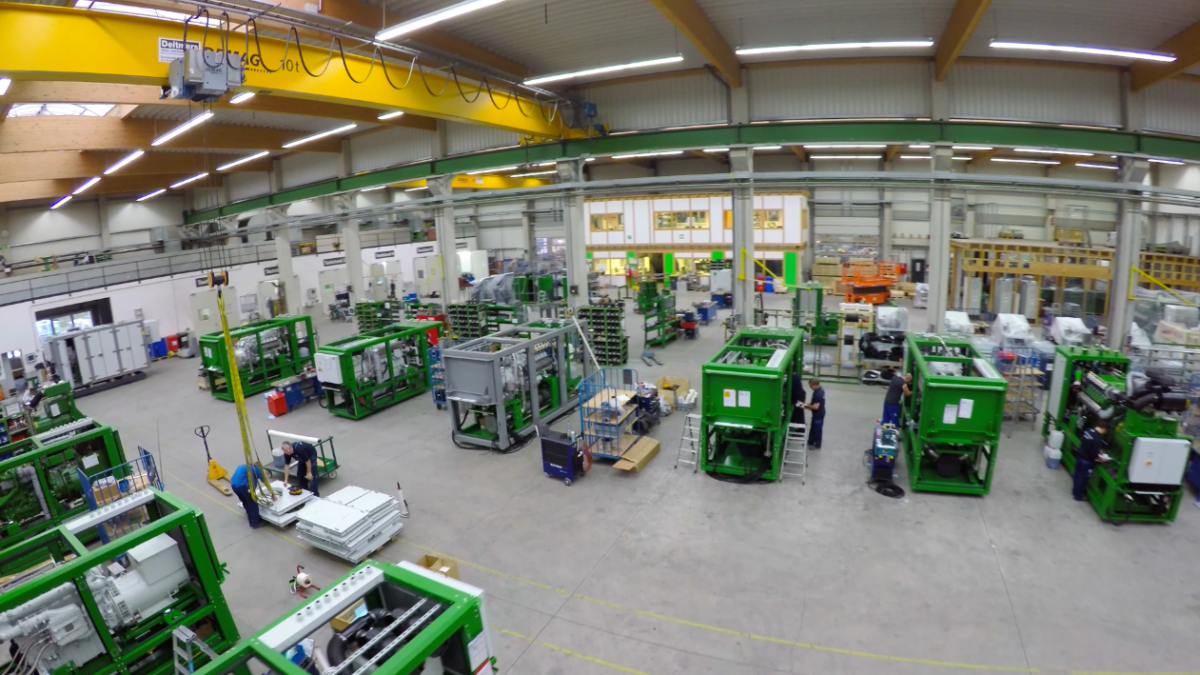
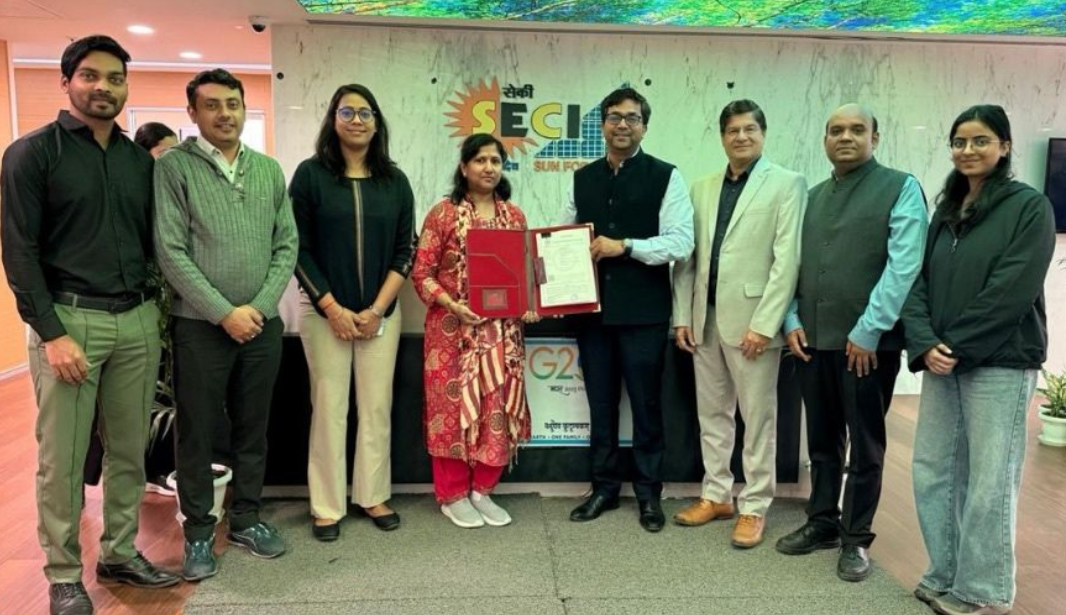



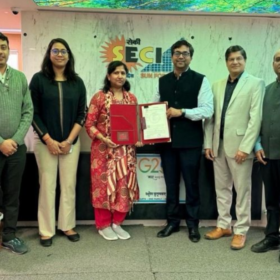

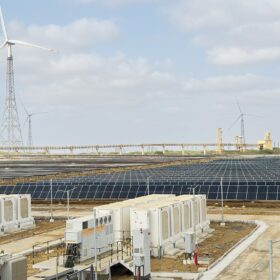

By submitting this form you agree to pv magazine using your data for the purposes of publishing your comment.
Your personal data will only be disclosed or otherwise transmitted to third parties for the purposes of spam filtering or if this is necessary for technical maintenance of the website. Any other transfer to third parties will not take place unless this is justified on the basis of applicable data protection regulations or if pv magazine is legally obliged to do so.
You may revoke this consent at any time with effect for the future, in which case your personal data will be deleted immediately. Otherwise, your data will be deleted if pv magazine has processed your request or the purpose of data storage is fulfilled.
Further information on data privacy can be found in our Data Protection Policy.